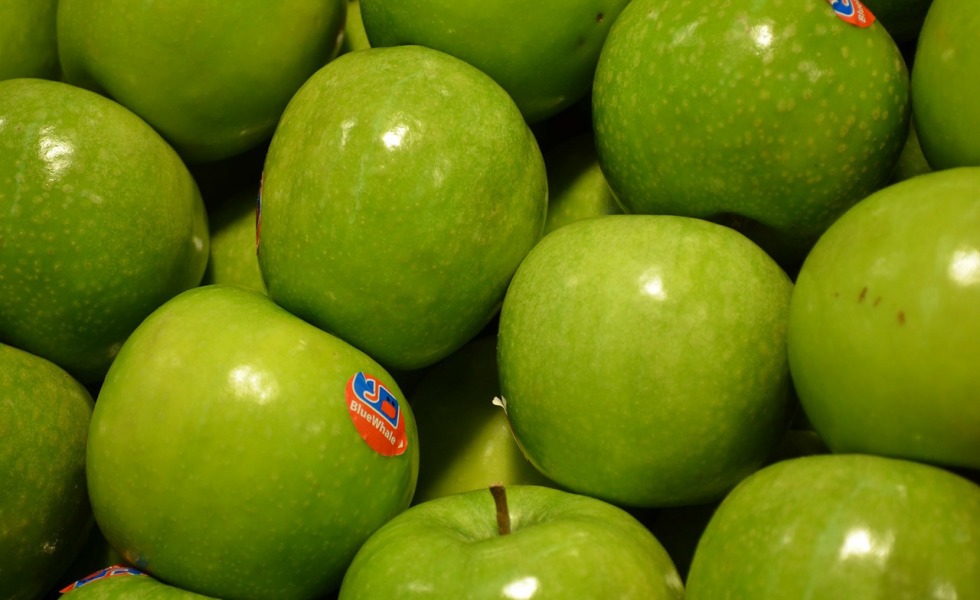Truth in Labeling is the Opposite of Branding
Posted on July 7, 2021

If up is up and down is down, it makes sense then that organic food—especially food that carries the U.S. Department of Agriculture’s treasured “USDA Organic” label—is organic, right?
Not all the time, maintains Francis Thicke, an Iowa organic dairy farmer introduced here last month. In fact, Thicke and hundreds of other long-time organic farmers maintain that large portions, maybe even a majority, of USDA-labeled “organic” milk, eggs, and hydroponically-grown fruit and vegetables are not truly organic.
At least not organic by USDA standards in place before Big Ag’s powerful influence swept into the marketplace a decade ago. After that, farming practices specifically not allowed by the National Organic Standards Board (NOSB)—like hydroponic production of any kind—have taken root.
As noted earlier, established organic farmers fought the moves every step of the way. Thicke and others fought from the inside; he served on the NOSB from 2012 through 2017 when hydroponic peddlers succeeded in winning USDA’s approval just seven years after NOSB banned “soilless” organic food production or hydroponics, now often—and, according to him, deceptively—labeled “container grown.”
That’s the rub, according to the Iowa dairy farmer: “If you’re going to change the rules—and, just as importantly, not enforce other rules—to benefit the bigger, corporate farms, then ‘real’ organic farmers don’t stand a chance” in this new game.
To fight the changes, Thicke and nearly 1,000 other organic producers have formed their own “real” organic project called, cleverly, the Real Organic Project, or ROP. It will “certify” that its members follow long-established rules for organic production that hasn’t—and won’t—bend or break farming rules like food pasture requirements for livestock.
Equally important, since most of ROP’s leadership helped to write and implement USDA organic standards, it knows its way around the USDA bureaucracy. That means these hardworking, deeply informed leaders are not going quietly.
Indeed, Thicke and his ROP colleague, Dave Chapman, recently shared a 45-minute conference call with Secretary of Agriculture Tom Vilsack to discuss USDA’s weakening organic standards and its failure to enforce required rules for “mega-producers” of organic milk, egg, poultry, fruit and vegetable production.
“The Secretary knew the issues very well,” relates Thicke in an early June telephone interview, “and he knew that many organic farmers have real problems with how USDA is administering the program.”
Vilsack’s biggest concern, however, wasn’t what could be done about USDA’s increased accommodation of “big operators,” relates Thicke. Instead it was how the rise of the Real Organic Project would “confuse consumers in the marketplace.”
Vilsack told the farmers that organics needed “one brand” and that the rise of the Real Organic Project and its own label will lead to the rise of the “Real Real Organic Project and then the Real Real Real Organic Project.”
“And he might be right,” concedes Thicke.
“But what he [Vilsack] gets wrong is that organic is not a ‘brand’ to most farmers. It’s a philosophy, a life, a way to farm that hopes to leave everyone and everything better off—the soil, our health, the animals, our surrounding communities.”
That belief, that vision “…can’t just be a ‘USDA brand’ if much of today’s ‘USDA Organic’ milk and eggs and chicken comes from what are, essentially, CAFOs,” concentrated animal feeding operations, says Thicke.
Sure, he points out, changes to USDA’s organic production standards have “gotten us more food on the shelf that is certified as organic, the big goal of Big Ag. What it hasn’t gotten us, however, is better food on the shelf or more organic farmers putting it there.”
Thicke and Chapman are hopeful that ROP can gain enough membership to challenge USDA as the go-to source for “real” organic food. It will be a long, tough uphill slog, though.
Still, organic food isn’t about “branding” or politics, he says. “It’s about how we grow our food. That’s as important as what we eat.”
© 2021 ag comm
Share This